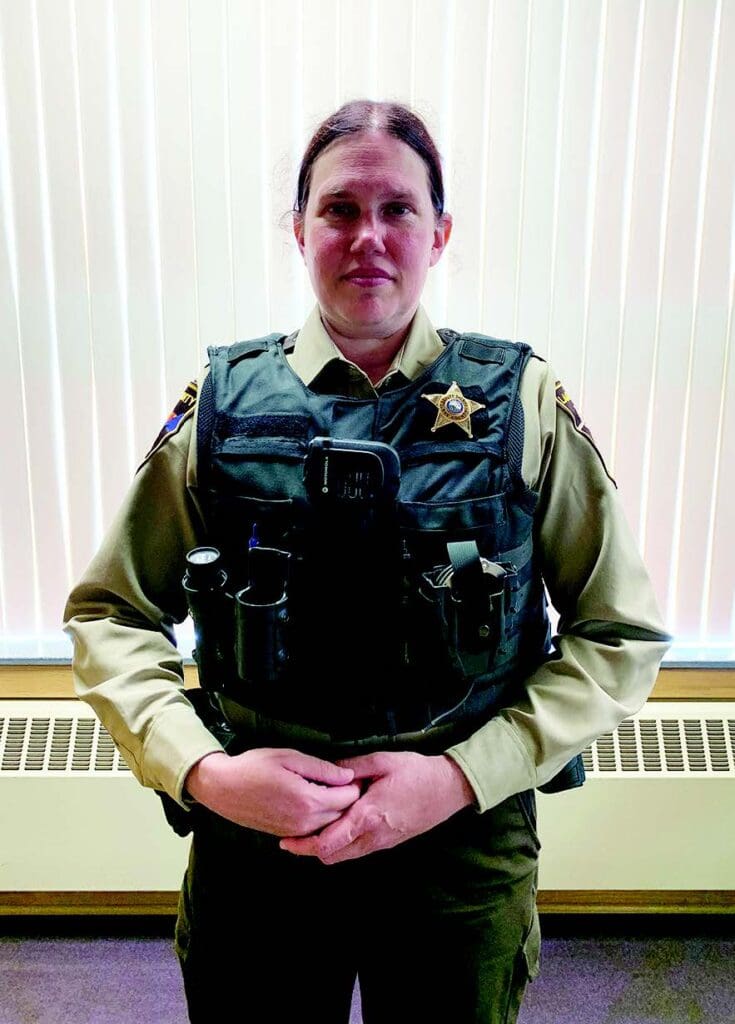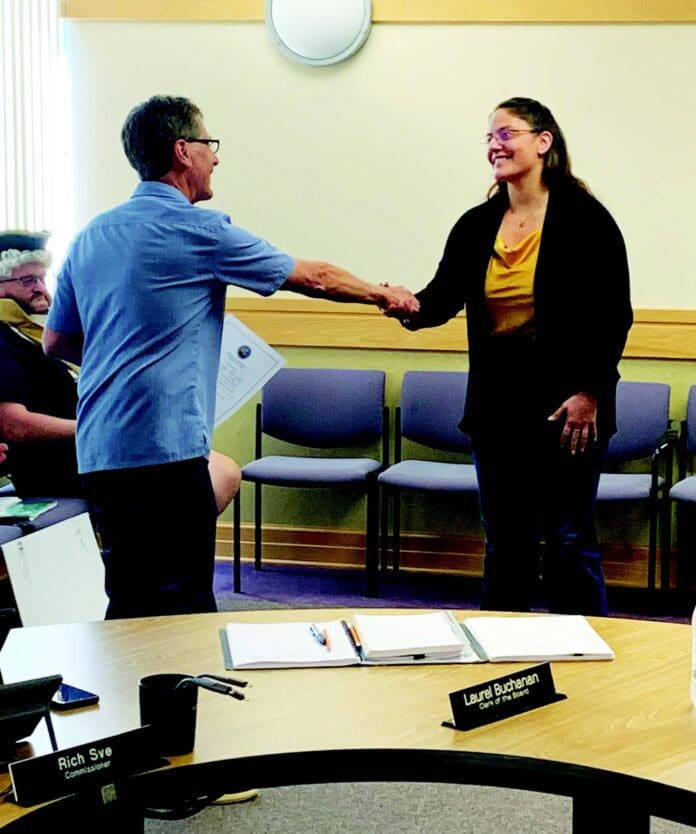Lake County Emergency Management Director, Matt Pollman met with the Lake County Board on Tuesday to present an annual update on emergency management and preparedness work over the past year. The Emergency Management Department is responsible for the county’s response, recovery and mitigation of both natural and man-made hazards. “Emergency plans are developed with whole community partners and practiced with training and drills so that we can work well together when emergencies arise”. One of the programs that Pollman talked about is an initiative by the State of Minnesota called Firewise. Firewise exists to help people who have rural homes know how to protect their properties from the threat of wildfires. Minnesota has around 2,200 fires a year. Firewise and the Emergency Management Department can assist those who have a home in the woods to create a defensible space around their property. Grant money is available to help with some of the costs incurred in this effort. Pollmann stated that 13 rural properties have been “treated” for defense against fire in the past year.
Other efforts that the Emergency Management Department has been involved with over the past year include training sessions for county employees to prepare for a variety of natural disasters, planning presentations to help senior citizens prepare for winter conditions and working with area schools on a reunification plan should there be an emergency at any of the Lake Superior District schools.

Two recently hired public servants were present at Tuesday’s meeting. Melissa Crandall, the new Assistant Lake County Veterans Service Officer was sworn in by Board Chairman Rich Sve. Lake County Sheriff Nathan Stadler introduced Deputy Kate Ochtrup to the board. Ochtrup served the Cook County Sheriff’s Department prior to coming to Lake County.
A public hearing was held after the Board meeting to present a proposal by Lisa Hanson, Director of Lake County Health and Human Services. The proposal pertains to environmental health ordinances and will likely take effect later this month. Hanson stated that changes to the Unified Environmental Health Ordinance are minimal and focus primarily on four Lake County ordinances, (Food & Beverage Service Ordinance #7, Lodging Ordinance #10, Public Swimming Pool Ordinance #21 and Youth Camp Ordinance # 15), that have essentially been combined into one ordinance in the new document. This streamlines Lake County’s environmental health ordinance and while complying with all related Minnesota State statutes, will not have a dramatic effect on operations for businesses that fall under the ordinance’s purview. A draft copy of the document is available on the County’s website.
The next Lake County Board meeting is scheduled for September 12th at 2:00 p.m.



